King of the Queen City.
George Remus is Born
to Frank and Marie Remus in Friedeberg, Prussia.
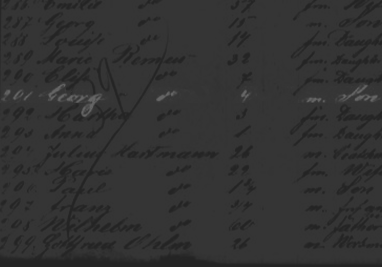
arrives in america
The Remus family, along with Marie’s family, arrives in New York City. They would briefly move to Baltimore, then Milwaukee and finally settled in Chicago in the mid-1880s.
works in pharmacy
At age 14, George begins working for his uncle George’s (his namesake) pharmacy, giving him his first exposure to the trade that would come in handy during Prohibition.
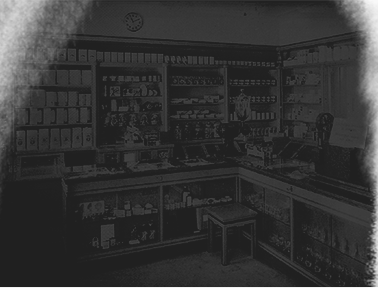
George’s First Pharmacy
After earning his pharmacist’s license, George purchased his uncle’s pharmacy. This would, in effect, prove to be the preamble to his empire.
Illinois College of Law
Eager to expand his knowledge, George earned his law degree, completing a three-year course in just 18 months. In 1900, George was admitted to the Illinois Bar. Along with his pharmaceutical background, this new career would be invaluable when it came time to find legal loopholes in the Volstead Act.

George and his wife Lillian welcome their only child, Romola, into the world. Romola would go on to earn fame in her own right, becoming the first actress to portray Dorothy on-screen in the Wizard of Oz.
begins defense practice
George begins practicing as a trial defense attorney, and would soon make many headlines for representing clients in high profile cases.
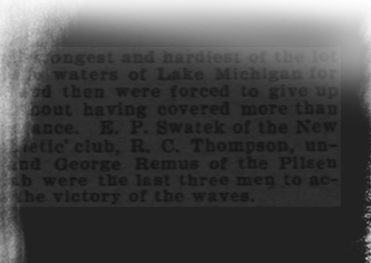
Swimming Record
A competitive swimmer, Remus sets an endurance swimming record in Lake Michigan, remaining in the water for 5 hours and 40 minutes in winter weather. It’s a record that would stand for decades.
defends bootleggers
As arguments for Prohibition began to mount, states took the issue into their own hands. In fact, by 1909, two-thirds of Chicago’s precincts would ban the sale of alcohol. George would defend many of the arrested bootleggers, but more importantly noted the wealth his clients had attained from their illegal trade. George viewed America as the land of opportunity - and this was just his kind of opportunity.
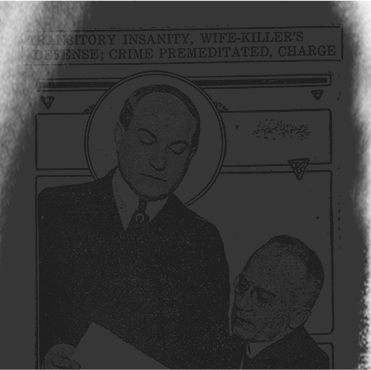
insanity defense
George gains national notoriety for his role as defense attorney in the William Cheney Ellis murder trial. It was at this trial that George would pioneer the virtually unheard of “transitory insanity” defense. A precursor to what would be known as “temporary insanity”, his argument worked, Ellis was given a light sentence and George’s creative defense would go on to be an influential part of American law.
volstead Act is passed
The United States Congress passes the Volstead Act. Already interested in the bootlegging trade, George studied the Act for loopholes. He would find his first loophole in Title II, Section 3 of the Act:
“That nothing in this act shall prohibit the purchase and sale of warehouse receipts covering distilled spirits on deposit in government bonded warehouses.”
Now that he could purchase pre-Volstead Act bonded liquor, he needed to find a way to distribute it to the wanting masses. That’s when he discovered his second loophole in Title II, Section 6:
“No one shall manufacture, sell, purchase, transport, or prescribe any liquor...except that a person may, without a permit, purchase and use liquor for medicinal purposes.”
Using his pharmaceutical knowledge, George knew physicians prescribing liquor would need to buy it from somewhere. That somewhere would be drug companies George would purchase, or start. His ingenious plan would be to legally deliver large quantities of his bourbon to his own drug companies - then hijack his own shipments, diverting the juice into his budding bootlegging empire.
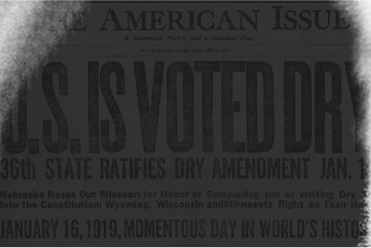
prohibition begins
With the 18th Amendment ratified and the Volstead Act becoming law, Prohibition begins.
raid on warehouse
Federal agents raid George’s bourbon warehouse in Chicago.
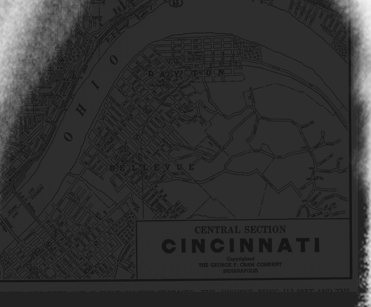
moves to cincinnati
With feds on his trail and competition arising in the Chicago bootlegging trade, George moves his empire to Cincinnati, due to its proximity to 80% of the country’s bonded whiskey. He then began acquiring drug companies and enlisted the help of federal associates in Washington D.C. that he had worked with as an attorney. These associates would give him access to all of the permits he would need to purchase and withdraw bourbon from the many distilleries he would go on to own.
The King's Process
After creating his own trucking company, George would again send large amounts of bourbon on his own trucks to his own drug companies and have them hijacked along the way. The “stolen” bourbon would then quickly make its way to George’s warehouses on a Cincinnati farm called Death Valley. With armed guards, whiskey runners and a payroll of 3,000 workers, politicians and law enforcement officials, George’s reputation as the King of the Bootleggers was solidified.
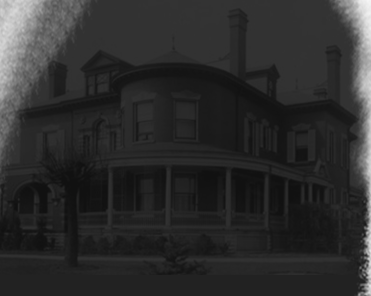
the marble palace
George purchases a lavish mansion at 825 Hermosa Ave in the Price Hill neighborhood of Cincinnati. Furnished with expensive artwork, sculptures and a Grecian indoor swimming pool, George would often host extravagant parties. The most infamous being his 1921 New Year’s Eve party, where the men in attendance were gifted diamond stick pins and the women were presented with new Pontiac automobiles. However, his generosity wasn’t just limited to his parties. Throughout Cincinnati, George was known for everything from his large contributions to local charities to handing out $100 bills to children.
raid on death valley
Federal Prohibition agents from Chicago and Indianapolis raid George’s Death Valley farm, arresting George and many others in his circle. Cincinnati’s chief Prohibition agent, James Flora, reluctantly participated. Why was he reluctant? He was on George’s payroll.

remus arrested
George is indicted for over 3,000 violations of the Volstead Act.
Bourbon seized
George is convicted and sentenced to two years in the Atlanta Federal Penitentiary. Fittingly, that evening, 125 cases of George’s bourbon, in crates marked “Potatoes”, were seized in Toledo, OH.
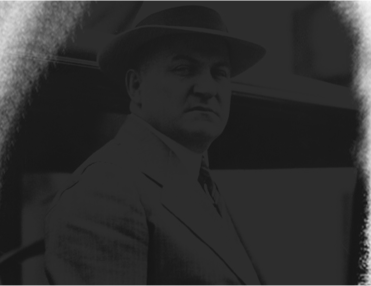
the original gatsby
F. Scott Fitzgerald publishes the iconic book, The Great Gatsby. The lavish main character, Jay Gatsby, was reportedly inspired by George, who met with Fitzgerald at the Seelbach Hotel in Louisville, KY prior to writing the novel.
